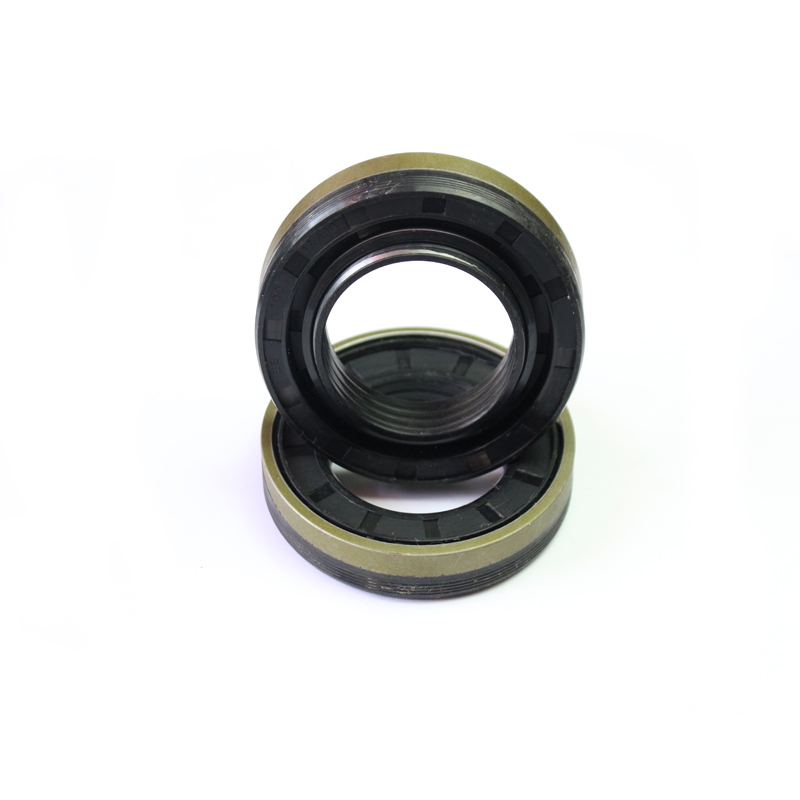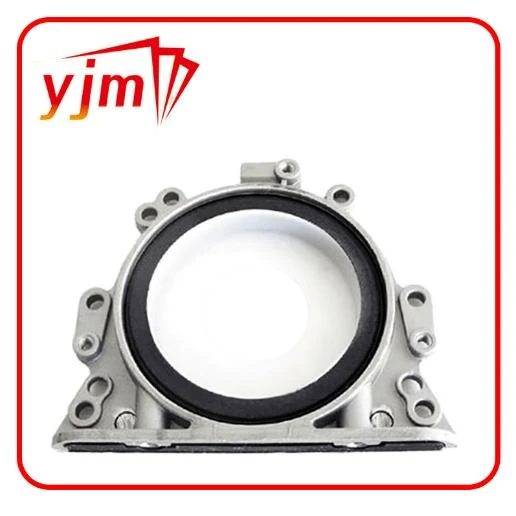automotive shaft seals


Furthermore, selection based on authoritative industrial standards like those from the American National Standards Institute (ANSI) or the International Organization for Standardization (ISO) can instill trustworthiness and reliability in the chosen product. These standards ensure that seals meet rigorous safety, performance, and quality criteria, critical for high-stakes applications like chemical processing or petroleum extraction. Based on real-world feedback from end-users, the adaptability and ease of replacement offered by cartridge seals stand out. They streamline the installation process, reduce downtime during maintenance, and lower the possibility of operator error. This aligns with the increasing industry trend of favoring user-friendly designs that enhance operational efficiency. Overall, mechanical shaft seals epitomize a fusion of engineering precision and material science. Their development is driven by continuous innovation that addresses the evolving demands of modern industrial applications. Acknowledging the intricate balance between design, material selection, installation, and maintenance is fundamental for maximizing the operational lifespan and efficiency of mechanical shaft seals. In an industry where downtime can result in significant financial losses and compromised safety, investing in high-quality mechanical shaft seals emerges as both a strategic and essential choice. By adhering to best practices guided by experience and expertise, supported by authoritative standards, industries can ensure their processes remain seamless, powerful, and, above all, secure.
-
The Ultimate Guide to Boat Propeller Bearings and Trailer Wheel Bearings
News Jul.31,2025
-
The Essential Guide to Marine Bearings and Boat Trailer Wheel Bearings
News Jul.31,2025
-
The Complete Guide to Heavy Duty Seals: Protecting Doors and Spaces Efficiently
News Jul.31,2025
-
Essential Guide to Marine Shaft Bearings and Boat Trailer Axle Bearings
News Jul.31,2025
-
Comprehensive Guide to Marine and Trailer Bearings for Safe Boating and Transport
News Jul.31,2025
-
Comprehensive Guide to Automotive Oil Seals: Protecting Your Engine and Shafts
News Jul.31,2025
-
Understanding Automotive Oil Seals: Essential Components for Engine and Shaft Protection
News Jul.30,2025
Products categories















